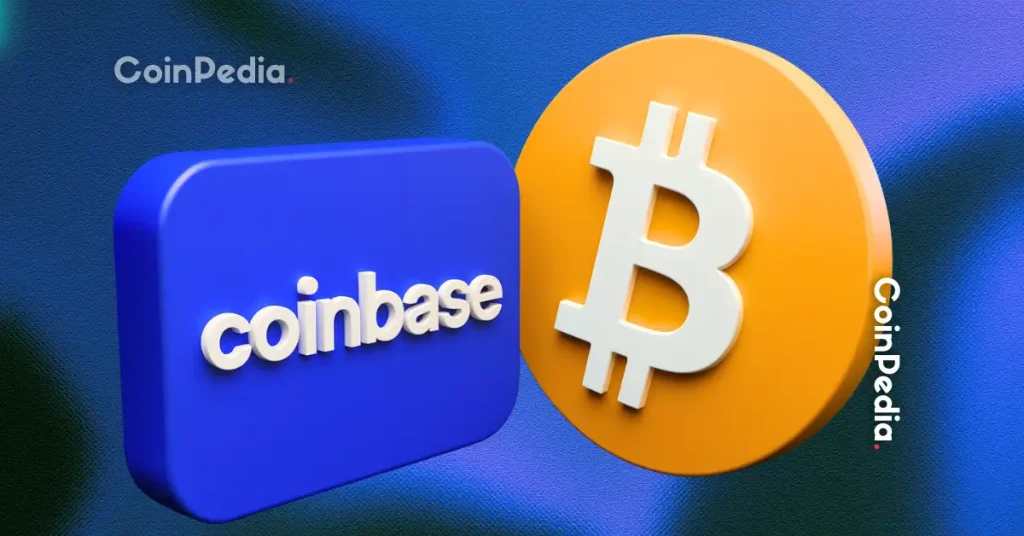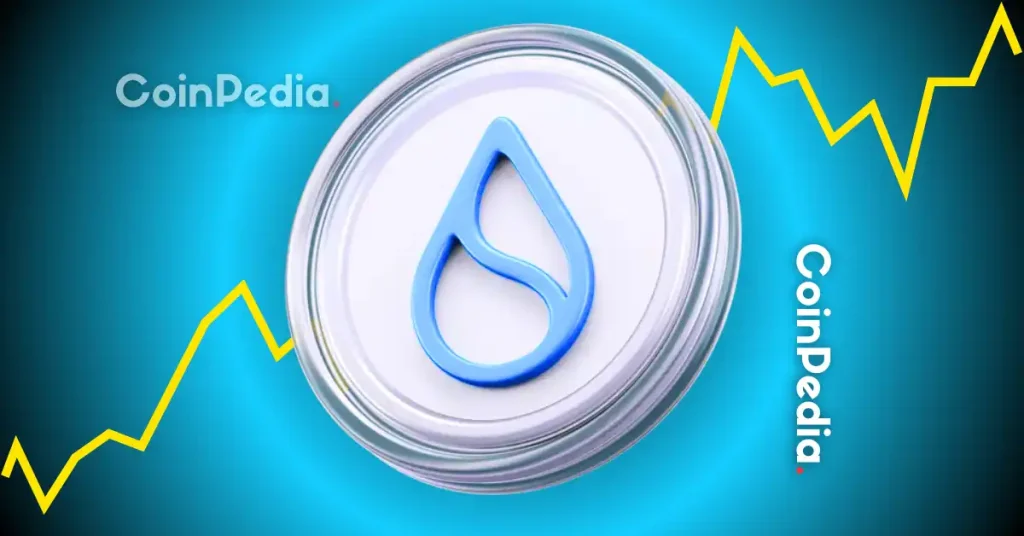ECB Governing Council member Boris Vujcic reiterated that policy is on the right track, adding that the bank has fulfilled its mandate. He noted they managed to reduce inflation without triggering a recession.
His remarks come a week after the ECB held interest rates steady for the third consecutive meeting, confident that its policy stance is suitable for controlling inflation without hurting growth.
At that time, Christine Lagarde, President of the ECB, noted that the eurozone economy had made good progress, but they were navigating a period of uncertainty. She emphasized that the central bank works to maintain a strong position despite the ongoing global geopolitical tensions.
Vujcic finds it worrying that retail finds are surpassing hedge funds
With inflation at close to 2% and GDP growth stronger than expected for Q3, the deposit rate is unlikely to be cut anytime soon, standing at 2% after eight rounds of cuts.
The ECB is set to present new quarterly estimates and provide more clarity on inflation at its December meeting. Still, a few officials worry that the projections could show readings below the target for the next three years. For analysts, a rate cut next month seems unlikely, but there is still a 40% chance of one by mid-2026.
Vujcic pointed to potential threats to Europe’s economy, warning about fiscal discipline and signs of markets being overpriced, and noted that redemptions from retail funds outpacing those from hedge funds were especially worrying. He stated, “That’s usually a sign that something’s coming that’s not very good.” However, he insists the bank’s policy is “in a good place.”
Speaking on Thursday, Luis de Guindos, the ECB’s Vice President, also argued that the bank is comfortable with existing rates and expects any decline in inflation below 2% to be short-lived. Inflation is forecast to drop below 2% next year. However, some policymakers worried this could anchor expectations at very low levels, similar to the pre-pandemic period.
“If (undershooting) happens, it will be something that is going to be temporary. “We can be comfortable with the present level interest rates. I think that convergence to 2% without any overshooting or undershooting is now the main baseline scenario for projections,” de Guindos stated.
He added that the recent economic readings have shown solid, if modest, growth of about 1%, in line with the bloc’s potential. As a result, policymakers are now “a bit” more optimistic and see the economy tracking the ECB’s forecasts.
The ECB is still struggling to gain support for its digital euro project
The ECB is facing difficulties in advancing its digital euro project, as the 2029 launch target is encountering mounting opposition from EU legislators and financial institutions. A consortium of 14 lenders, including Deutsche Bank, BNP Paribas, and ING, has warned that the digital euro could crowd out private payment systems. The banks have argued that the planned retail digital euro would serve the same purposes as existing private options but without providing added value for users.
Fernando Navarrete, a Spanish conservative lawmaker overseeing the Parliament’s assessment of the digital euro, has pressed for a toned-down version of the plan.
According to a report he published last week, Navarrete believes the digital euro should function primarily as an offline alternative to cash, rather than as a real-time digital payment system, as the ECB plans. He noted that incorporating online payment features risked setting up a rival payment ecosystem that could block private systems from achieving EU-wide reach.
Navarrete argued that an online version of the digital euro should be introduced only if European payment firms fail to compete effectively with US giants.
The ECB began exploring the idea of a digital euro in 2020. Last week, its Governing Council agreed to move forward with preparations to make issuance possible by 2029, with a pilot phase planned for 2027.
Don’t just read crypto news. Understand it. Subscribe to our newsletter. It's free.
















 English (US)
English (US)